The traditional copper pipe processing methods include:
(1) Copper tube extrusion processing technology
(2) Copper tube upward continuous casting method
(3) Copper tube (seam) welding production technology
(4) Casting and rolling method for producing precision copper tubes
The production of precision copper tubes is a new production process, with two main innovative methods: first, the development of horizontal continuous casting technology for copper tube billets, which is applied to the production of copper tube billets; second, the three roll planetary rolling technology developed in Germany in the 1980s is applied to the reduction of diameter and wall of copper tube billets, replacing extrusion deformation processing and cold rolling processing. The process flow is: horizontal continuous casting tube billets – three roll planetary rolling -, combined drawing – disc drawing – winding – annealing.
(1) The processing route is long, the production cycle is long, and there are circular round-trip processes. There is a strong correlation between processes, which affects both operations and logistics. The heating and hot rolling processes in the furnace need to be linked for processing.
(2) There are many uncertain factors during the processing. The smelting process has strict requirements for ingredients and processes, and minor deviations in the main components or trace elements can lead to incompatible alloy grades. In addition, some processes such as annealing and cleaning in the bell furnace are greatly affected by human factors, and the processing time is uncertain.
(3) The production site environment is complex, and materials are difficult to track. The production and quality information of material rolls is difficult to report to relevant departments in a timely manner, which can easily lead to problems such as leakage and loss.
Based on the production characteristics of the copper rod processing industry, Wanjie Starry Sky Technology divides the MES system into the following main functional modules:
1. Production planning and scheduling management
Production planning and scheduling management are the core modules of the entire MES system. They receive contracts issued by ERP, develop job plans based on equipment and raw material preparation, and combine with the current production status, and issue them to each machine. Generate a raw material demand plan based on the production plan, providing a basis for the material center to organize raw materials. Determine whether a supplementary plan is needed based on the abnormal handling of material roll modification, waste disposal, etc. in quality management. Real time scheduling for various unexpected situations that occur on site.
2. Process management
Design the process for the contract received by MES, and provide modification information when quality issues arise that require modification. Perform process approval when executing alternative processes during the production process.
3. Quality management
Develop corresponding quality inspection standards based on product technology. Conduct quality inspections on work in progress and provide quality handling suggestions for rolls with serious quality issues. Conduct quality inspection on the finished product and issue a quality judgment certificate. Statistical analysis of quality issues that arise provides a basis for improving the process.
4. Raw material inventory management
According to the recent raw material demand plan issued by the plan and the inventory of the raw material warehouse, request materials from the material center, inspect and store the received materials, organize the production of raw materials according to the ingredient list, and carry out ingredient outbound. The remaining materials are stored in the warehouse, and the waste from each machine is recycled. Regularly conduct inventory checks on raw material inventory.
5. Material tracking management
After the ingot is produced, the system will use the ingot number as the full tracking code to track the materials. Material tracking includes real-time information tracking and historical information recording of materials. Real time information tracking records the current position, status, weight, specifications, and other real-time information of the material roll; Historical information records the detailed processing of the material roll in each process, including historical process parameters, weight before and after the material roll, specifications, etc. In addition to production information, quality issues with copper coils are also recorded here, and relevant personnel can view the quality history of the coils to achieve comprehensive quality tracking and management.
6. Equipment and spare parts management
Equipment management maintains the equipment host ledger of the enterprise, formulates maintenance plans for each equipment, and records the maintenance and lubrication performance. Spare parts management refers to the management of spare parts such as rollers, milling cutters, crystallizers, as well as consumables such as lubricants and tools, recording the usage of spare parts and consumables, and providing a basis for cost accounting.
7. Job cost management
Job cost management calculates the cost of the enterprise based on data collected from other subsystems and secondary equipment. Based on the cost drivers of each task, allocate the task costs to machines, teams, and rolls to form various financial statements, which serve as the basis for the enterprise to make macro decisions.
The MES system collects information from the production process of the enterprise and processes the collected information to timely grasp the production arrangement plan, production task management, execution status of production tasks, and statistical information of the production process of the enterprise; Through advanced statistical theory and information optimization software, the collected production process information is analyzed and processed, enabling the MES system to effectively guide enterprises to allocate limited production resources, identify new economic growth points, adjust business strategies in a timely manner, effectively schedule production plans, and improve economic benefits.

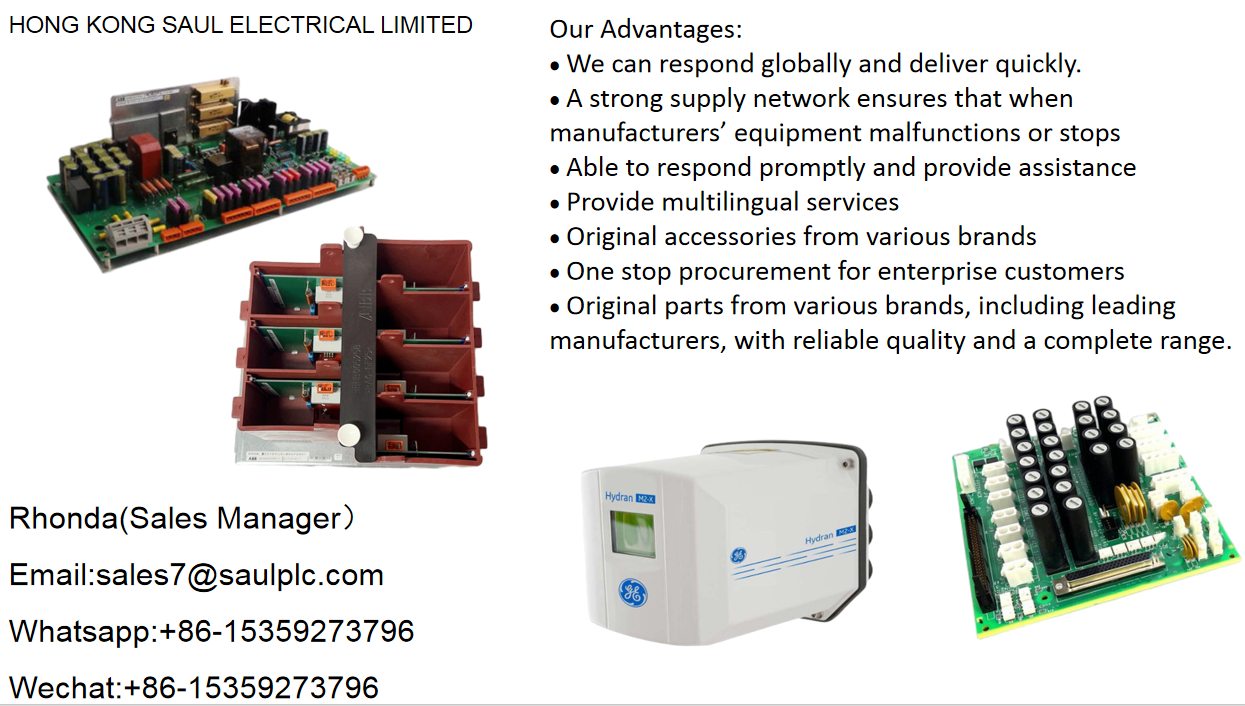
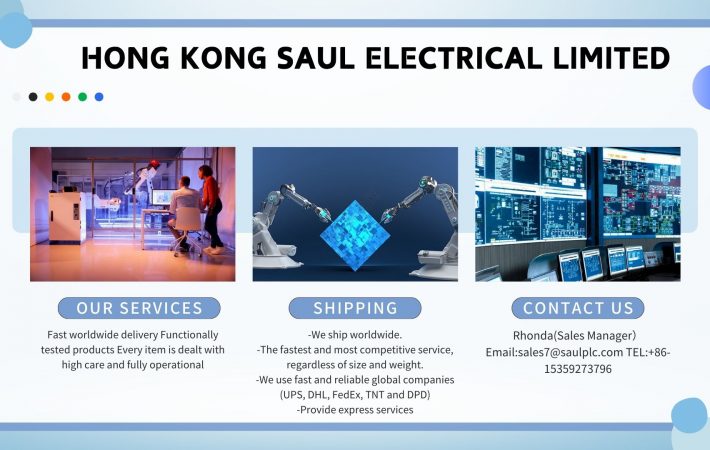
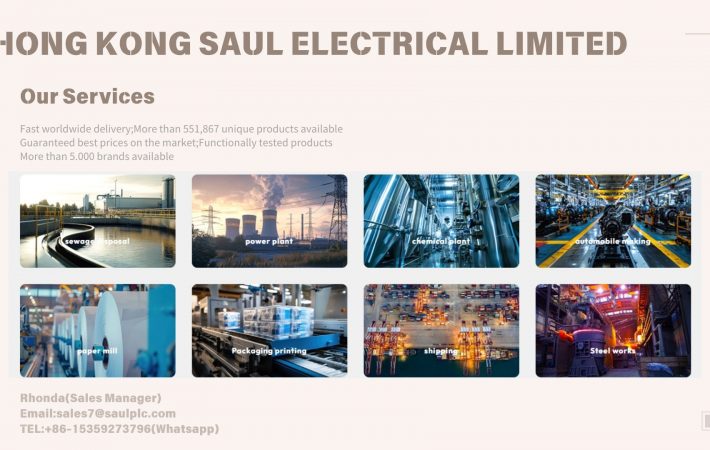
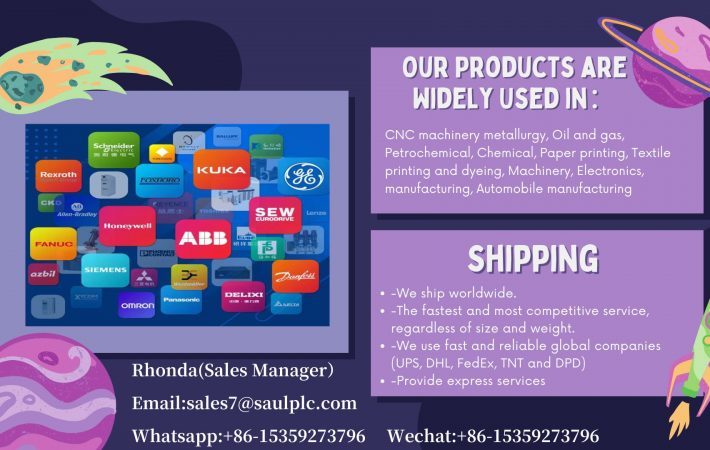
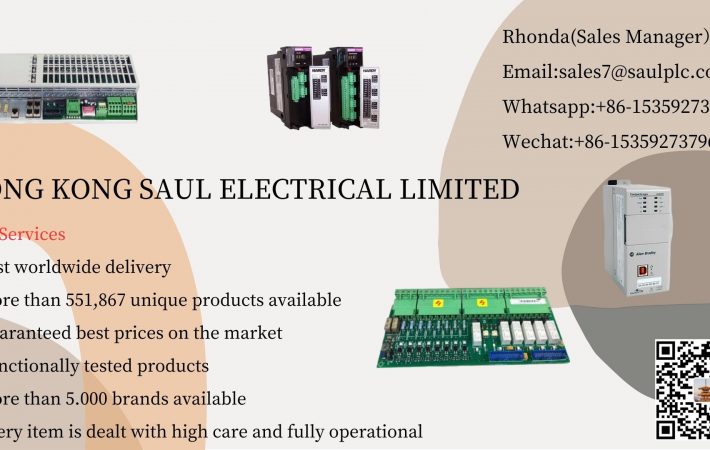
Leave a comment
Your email address will not be published. Required fields are marked *